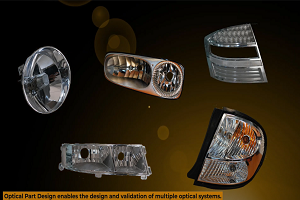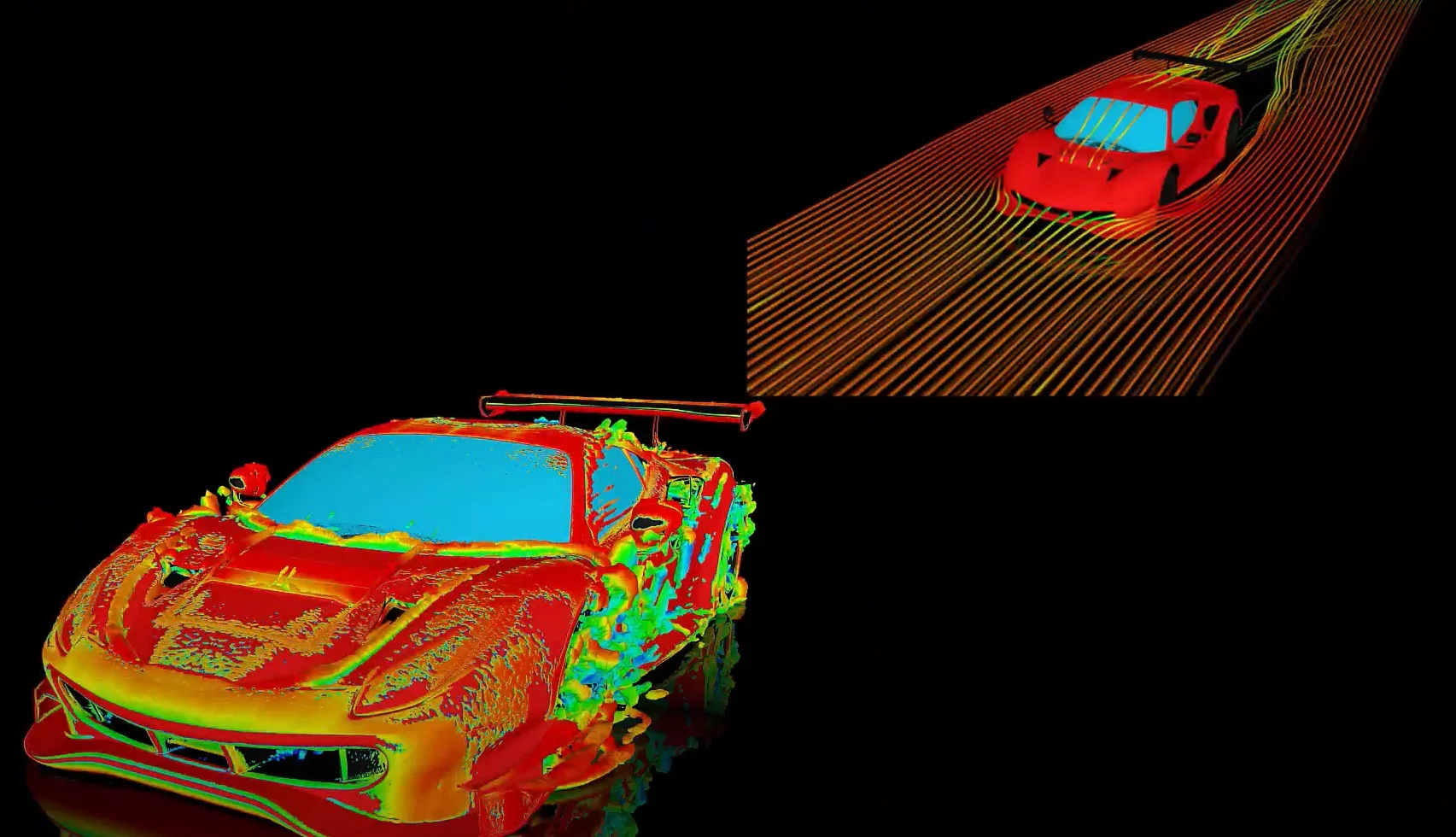-
-
January 25, 2023 at 7:17 am
 FAQParticipant
FAQParticipantThe impact angle of which a particle hits a wall is calculated by Fluent but not stored. To get access to this you will need to write a small UDF. In the UDF the angle can be accessed using the macro DEFINE_DPM_EROSION (called every time a particle hits a reflecting boundary) or be calculated inside the macro DEFINE_DPM_BC (called every time a particle hits a boundary (except symmetry or periodic boundary)). Inside one of these macros you can either directly write the information to a file or store in a particle user variable to be printed in another function. For an example on how to calculate the angle please take a look at the customization manual in section 2.5.1. DEFINE_DPM_BC. Alternatively the cosine of the angle is given by cos_a = NV_DOT(A,V)/(NV_MAG(A)*NV_MAG(V)) where A is the boundary face area and V the particle velocity vector. The angle is then alpha = acos(cos_a)
-


Introducing Ansys Electronics Desktop on Ansys Cloud
The Watch & Learn video article provides an overview of cloud computing from Electronics Desktop and details the product licenses and subscriptions to ANSYS Cloud Service that are...

How to Create a Reflector for a Center High-Mounted Stop Lamp (CHMSL)
This video article demonstrates how to create a reflector for a center high-mounted stop lamp. Optical Part design in Ansys SPEOS enables the design and validation of multiple...

Introducing the GEKO Turbulence Model in Ansys Fluent
The GEKO (GEneralized K-Omega) turbulence model offers a flexible, robust, general-purpose approach to RANS turbulence modeling. Introducing 2 videos: Part 1 provides background information on the model and a...

Postprocessing on Ansys EnSight
This video demonstrates exporting data from Fluent in EnSight Case Gold format, and it reviews the basic postprocessing capabilities of EnSight.

- Solver message during DPM calculation: “number of stepsize underflows during particle integration step is x”. What does it mean and how to get rid of it?
- ANSYS Fluent – Eulerian & Mixture Multiphase Models & Applications – Tips and Tricks
- What is the difference between the VOF model and the Eulerian model?
- ANSYS Fluent: Efficient Modeling of Spray Breakup using VOF-to-DPM Transition
- Mixing Tank Modeling in ANSYS Fluent
- What is the superficial velocity in multiphase flows?
- What is the meaning of VOF courant number and Global courant number in ANSYS Fluent Multiphase Model and how are they related?
- How do I use porous media in a multiphase flow?
- ANSYS Fluent: Describing Cavitation in a Centrifugal Pump
- Hydrodynamics and Wave Impact Analysis

© 2025 Copyright ANSYS, Inc. All rights reserved.

